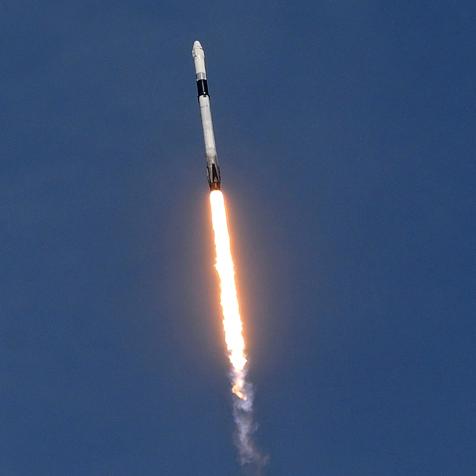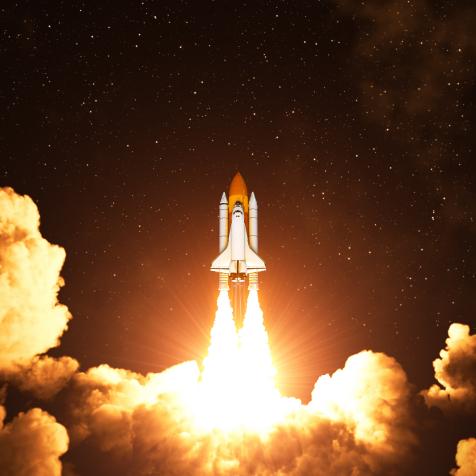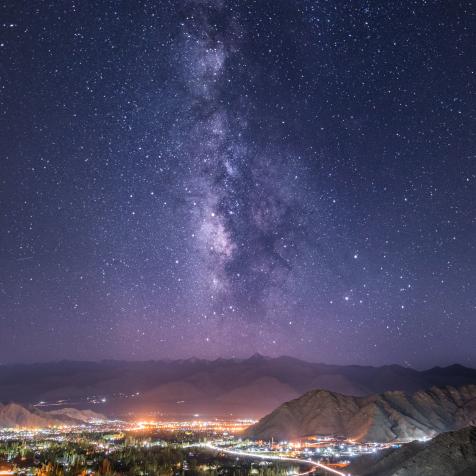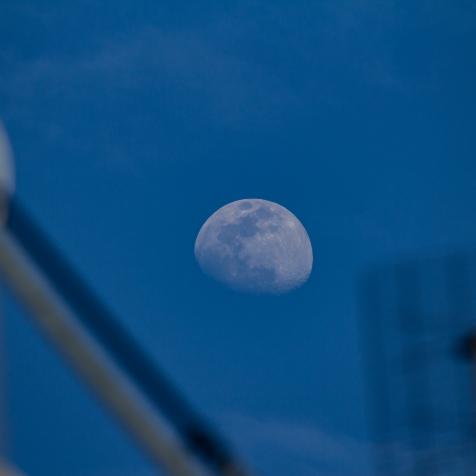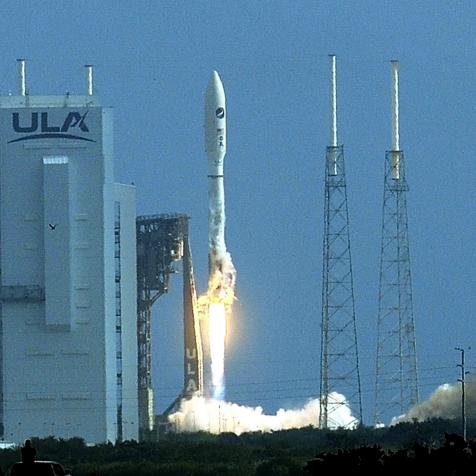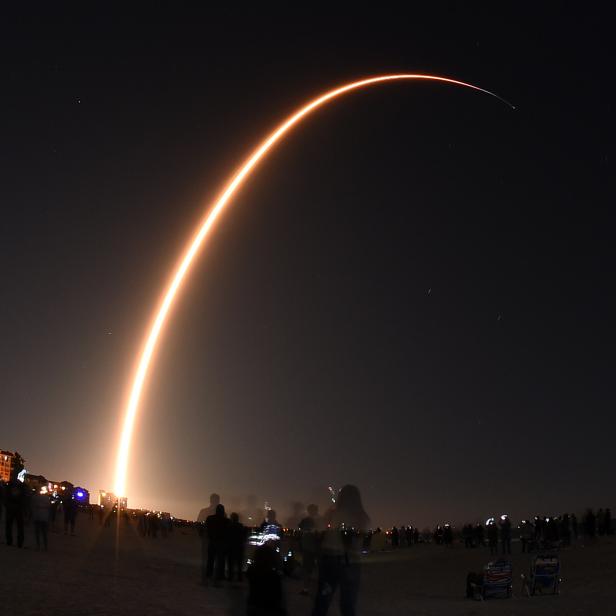
NurPhoto
SpaceX vs. the Universe

Fans of space are having a tough time picking sides over a recent controversy between SpaceX and astronomers. But what's the big debate all about? Astrophysicist Paul M. Sutter digs into both perspectives.
Fans of space are having a tough time picking sides over a recent controversy, as astronomers found to their dismay a collection of SpaceX Starlink satellites interrupting one of their observing sessions. As usual, the situation is nuanced and complex. So let's dig in...
On one side is Elon Musk's SpaceX company, which is developing reusable rockets with one goal in mind: to make access to space radically cheaper than it is today. Cheaper access to space means a lot more stuff in orbit around the Earth. And a lot more stuff in orbit around the Earth can be a great thing, with ambitious plans for regular missions to the Moon, Mars, and beyond.
Another boon of cheap access to space takes the form of SpaceX's own Starlink program, which is a plan to launch tens of thousands (and no I'm not exaggerating that number) satellites into Earth orbit, providing high speed broadband internet to just about everybody on the planet. It's hard to argue against this being anything other than a really awesome idea.

Anadolu Agency
But on the other side we have astronomers, who have been quietly observing the night sky for thousands of years. And astronomers love their sky to be clean and dark and empty. Honestly, between you and me, if astronomers could get rid of the Earth's atmosphere they probably would, just to make their observing easier.
A lot of shiny highly reflective objects in space (like the so-called "mega constellations" of the planned Starlink program) is a real pain in the neck for an astronomer and can really ruin a good dark night.
This potential controversy remained hypothetical until recently, when astronomers at an observatory in Chile examined their data after a long night of collection and found a series of bright streaks running through their photographs, spoiling the data that they were trying to collect.
Those bright streaks came from a test launch of just a few dozen of the Starlink satellites. And this will only get so much worse as the number of satellites goes out from the dozens to the hundreds and into the thousands.
To SpaceX's credit, they are aware of this problem and have announced plans to mitigate it. For example, they say that future satellites will be painted with a dark coating so they aren't as annoyingly bright for astronomers.They also said that they will work with the astronomical community to adjust orbits on the fly to avoid major observing sessions.
As for the astronomers, it's not all doom and gloom. Many kinds of observing only require short exposures, so the chances of a satellite crossing the field of view are minimal and easy to remove. Also, the satellites are brightest at dawn and dusk, when the angles line up just right for maximum shininess. So only a certain kind of observations, those that need long exposures near sunrise and sunset, will be affected.
But still, astronomy isn't exactly cheap and ruined data is ruined data. And SpaceX hasn't yet actually engaged with the astronomical community, and the Starlink satellites that already have been launched are as shiny as they come.
But at least the conversation is happening, and hopefully those communities will find a way to allow both high-speed internet access for the world, and windows to understanding the deep universe.











